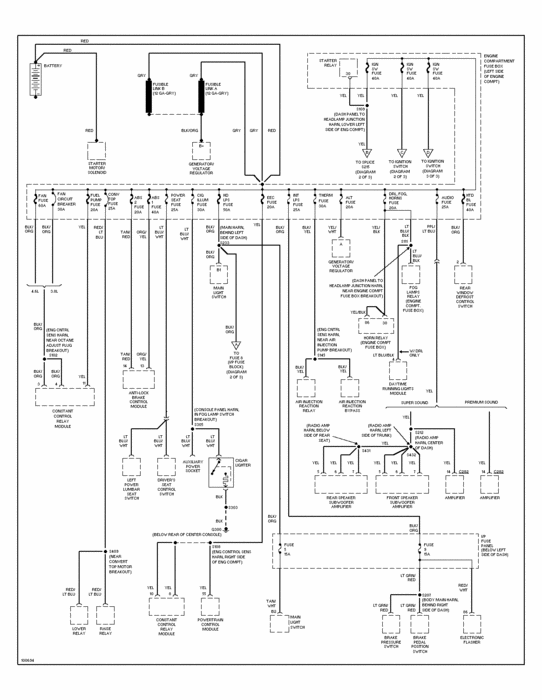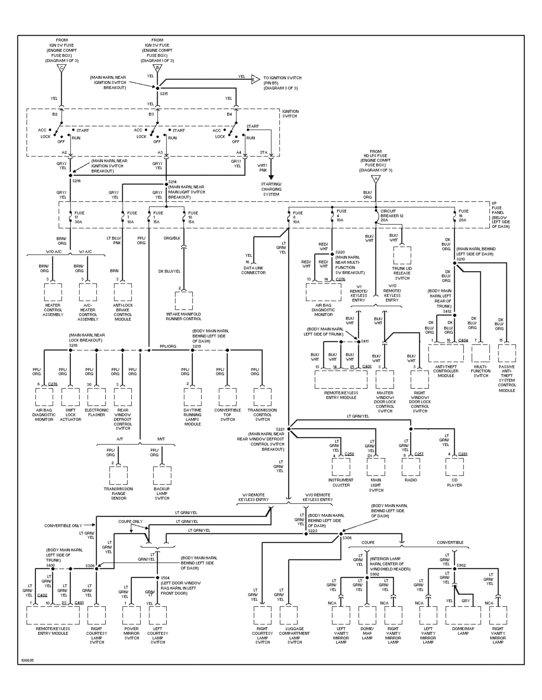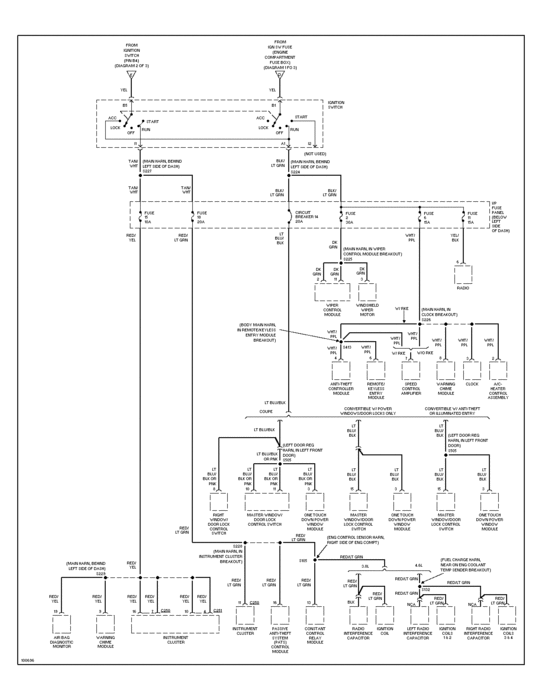What pressure was too low? Are you referring to a compression test? If the compression test is low on all cylinders, the dealer was correct in suspecting the timing belt. Their estimate is not out of line for tearing the front of the engine down to check the belt installation and the sprocket key; that 27 cent part. They have no way of knowing that your husband put the belt on properly unless they check. What would you think of them if they DIDN'T check and that turned out to be the problem, along with the common and expensive bent valves?
You never gave the dealer the chance to perform this very common examination and you never gave them the chance to surprise you with a repair bill considerably lower than the estimate. You just yanked it out from under them with the preconceived notion they were going to rip you off. Nothing you said suggests dishonesty, but it's this kind of false impressions that lead to undeserved bad reputations among many service people, not just mechanics.
Estimates are just that. Until they know exactly what is wrong, they can't give you a firm cost of repairs. What if the timing belt was installed incorrectly AND the.27 key was sheared off and they only checked for one of them? Knowing that other hands were already in there and there are now new and / or additional problems, the mistake the dealer made was in not preparing you for the possibility of bent valves. All mechanics and shops really hate having to call back with revised, higher estimates once the cause of the problem is found. For that reason they will give you an estimate up front that includes that possibility. If later it turns out all those repairs aren't needed and the final bill is considerably lower, you are pleasantly surprised. The exception is a lot of employees are afraid to give you a high estimate right away because they're afraid you're going to pull the car out from under them and call them names before they even look at it. Oh, wait. That's what you did after a $698.00 estimate. I can only imagine what you'd be calling them if they gave you the $2500.00 estimate they should have to begin with.
Is your mechanic friend even aware that the sheared-off key is a common problem on this engine? And that when that happens the installation of the timing belt APPEARS to be correct. In fact it is, but that broken key allows the camshaft to be late and can cause bent valves, except the Engine Computer catches that and shuts the engine down to protect it.
I learn new stuff all the time and recently learned from a rather bright owner that he figured out his engine would run without the cam sensor if he bypassed the relay I told him to as part of a different test. Apparently your engine will also run if the cam sensor is removed. I'll have to experiment with that, but if it's true, you bypassed the safety system designed in to protect the engine from extremely serious and expensive damage. Good for you. Had that key been sheared off, your mechanic would have caused those valves to become bent. Had that happened at the dealership, you'd be angry with them, wouldn't you.
What it sounds like the dealer did wrong was to give you an estimate that was too low. $698.00 seems a little high to disassemble the front of the engine just to take a look, but it takes even longer to put it back together. I doubt they were expecting to take it apart, examine it, find the problem, then leave it that way for you to pick up. They expected to put it back together too. And as long as they were in there, if they found the timing belt to be off one or two teeth, they would have taken the extra couple of minutes to make it right. They were likely expecting to find the key sheared off. At that point it takes a whole minute to set a new one in place. At that point, there would be NO additional parts or labor so they could have stuck to their $698.00 estimate except it would have included giving you the car back running, not just inspected. You didn't give them the chance. You just assumed they couldn't be trusted. In reality, it's the do-it-yourselfer who can not be trusted. The dealer knows do-it-yourselfers don't have factory training, are not familiar with the little subtleties of the various engines and their sometimes quirky assembly techniques, and some people are going to cause additional expensive damage, such as bent valves. They know that when anyone else, even a different mechanic, got their hands in it, inspection for damage becomes a lot more involved. I would expect no less of a mechanic after I had MY hands into something I wasn't familiar with. Did your husband use gasket sealer from a tube when reassembling the various parts? We all do, but is he aware the fumes from some will destroy oxygen sensors? Not right away, but soon. Who are you going to blame then?
So the question now is, what hose are you referring to that popped off and why didn't your husband notice that before attacking the timing belt? How would you feel towards a mechanic who overlooked something apparently so simple and charged you for replacing the belt? It's sad people can be so mistaken, ... Or in your words, "dishonest".
What pressure was low? What hose was popping off? Why did the engine originally overheat? If you ran it out of gas, put some in, the engine started and ran but stalled the next day, how is running out of gas relevant to anything? One day the engine wouldn't start. Two days later the engine stalled. VERY common problem with an easy fix so far, with a new timing belt thrown in there in the middle. No mention yet whether the Check Engine light turned on or if anyone ever checked for diagnostic fault codes. Seems a lot of mistakes were made on this project but only the dealer is "dishonest".
You stated the engine had no spark when it wouldn't start. Try as hard as I can, I can't think of any hose popping off that would cause no spark. Or is this hose problem a new problem unrelated to the no-spark? It sounds to me like there were multiple problems, some of which got fixed along the way by who knows who, but obviously the timing belt was never the problem to begin with. Then, without doing any diagnosis, you jumped on the Engine Computer while having absolutely no reason to suspect it as being defective. I'm pretty sure you have more than $698.00 invested in getting your car running, plus your husband's free labor. You have to admit a lot of mistakes were made, the least of which were done by the dealer. I know you won't see it that way. People paying the bill always look for someone else to blame. There are dishonest people in every profession, and I will never defend their actions or them, but in this case, I don't see anything the dealer did to deserve being called dishonest.
After mulling over the various symptoms and observations, here's how the story should have played out had anyone been paying attention. Engine overheated "slightly" at a standstill. If it didn't overheat when moving, you know lack of airflow through the radiator is the problem, and an inoperative electric radiator fan is the place to be looking. Instead, you went for the least likely culprit, the water pump. The pump is moving coolant just fine as evidenced by the engine not overheating when the car is moving and air is being blown through the radiator. You ran out of gas, put gas in, the engine ran fine for another day. Fuel pump is obviously working so leave it alone. Instead, you replaced it and the filter which, other than on diesel engines, will never solve a running problem on a Chrysler product. Had anyone bothered to check for spark and found it missing, you would have known it was not a fuel pump problem. Somehow it was decided the timing belt was the problem, and the engine ran fine after it was replaced. Since it ran fine, we know the cam key was not sheared off. Was the old belt checked for proper timing before it was removed? If it had not jumped a tooth, you would have known right there the problem was not related in any way to the timing belt or camshaft. The dealer's mechanics know if the old or new belt had jumped one tooth, the Check Engine light would have turned on and there would have been a diagnostic fault code directing them to that area. If it jumped two teeth, the computer would shut the engine down. There's no indication anyone ever checked codes. Had I done this repair and the engine stalled two days later, my first assumption would have been I didn't set the tension on the belt properly, or there was a misaligned pulley that I overlooked that caused the belt to track off-center and shred. That's the first place I would have rechecked, and that's most likely what the dealer wanted to do.
There's a real common cause of an engine failing to start, and stalling two days later. That is a failing camshaft position sensor that becomes heat-sensitive. Every mechanic with a little experience is aware of it occurring on any brand and model of car and it's probably the first thing they would suspect. A cam sensor failing by becoming heat-sensitive, which will cause a no-start and stalling when warm, is going to be aggravated, (not caused), by an engine running hotter than normal. They typically work again and let the engine start after cooling down for as little as half an hour, but usually longer. So it would appear there were indeed multiple problems that acted together to cause the stalling. The $50.00 camshaft position sensor most likely was the cause, but you still need to check if the radiator fan is turning on. I have total respect for any competent do-it-yourselfer who is willing to tackle today's complicated, over-engineered cars, but in this case, had you gone to any mechanic first, you would have spent a whole lot less time and money on the repair. On a positive note, 95,000 miles is a little early to be replacing the timing belt and water pump, but it's done and is good insurance against it breaking in the near future. The job was coming up soon anyhow so chalk that expense up to normal maintenance.
Tuesday, December 20th, 2016 AT 5:37 PM






